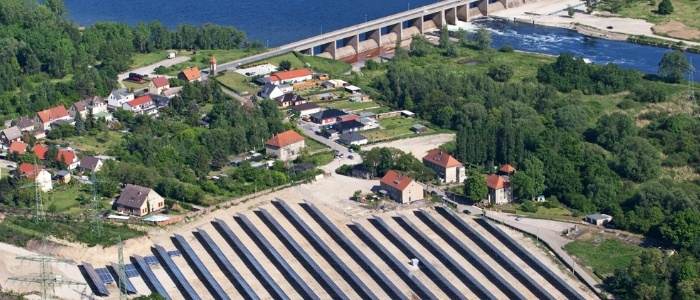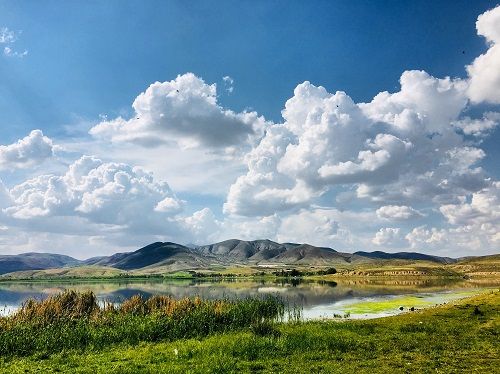Last February was another outlier month: far too warm, far too dry and far too sunny by long-term standards. What caused losses in many winter sports regions made solar energy yields shine. "On the one hand, the accumulation of unusual weather phases is making us increasingly aware of the problem of climate change", says Markus W. Voigt, CEO of aream Group. "At the same time, it's becoming clear that if we don't want to rely on the weather to make the switch to climate-friendly energies, the expansion must be driven forward quickly."
The last meteorological winter month also brought no real winter. According to data from the German Weather Service (DWD), February did start out appropriately cold. Then, however, a high over Central Europe brought temperatures that were in part early summer: In Garmisch-Partenkirchen, more than 20 degrees were measured on February 18. The German average air temperature in February was 3.2 degrees Celsius. This was a full 2.8 degrees above the value of the internationally valid reference period 1961 to 1990. With regard to the warmer comparison period 1991 to 2020, the deviation was still +1.7 degrees.
Precipitation was also unusual: At around 40 liters per area, it was almost a quarter less than in the period 1961 to 1990 and even a third less than in the period 1991 to 2020. The lower rainfall and snowfall was matched by a relative excess of sunshine. At 90 hours, it shone a quarter longer in February than between 1961 and 1990.
For German solar plants, this meant stable production with a high number of sunshine hours. The target value was exceeded by eight percent in February. In Spain, excellent production results were achieved despite below-average sunshine hours: The monthly target was exceeded by 15 percent. In Italy, however, yields continued to be held back by technical failures in the wake of long delivery times and a shortage of technicians. "Although target achievement increased from 78 percent to 86 percent compared to January, yields remain insufficient", Voigt says.
February brought significantly less wind in Germany than the previous month. In addition, one wind turbine was taken out of service with suspected gearbox damage. This resulted in an additional loss of around 800,000 kWh. This pushed the target achievement value for February down by 3.3 percent to 87 percent. The year-to-date figure was 98 percent thanks to the good wind harvest in January - but without the failed plant, it would have been around 100 percent.
The federal government has been skimming some of the revenue from power producers since December 2022 to use the money to lower consumers' energy bills. "However, if electricity prices develop similarly to previous years - i.e., if February values are lower than in January - we expect no or only low skimmings", Voigt says.
PRESSEKONTAKT:
Leandra Kiebach
T: +49 (0)211 30 20 60 4-2
E: lk@aream.de


